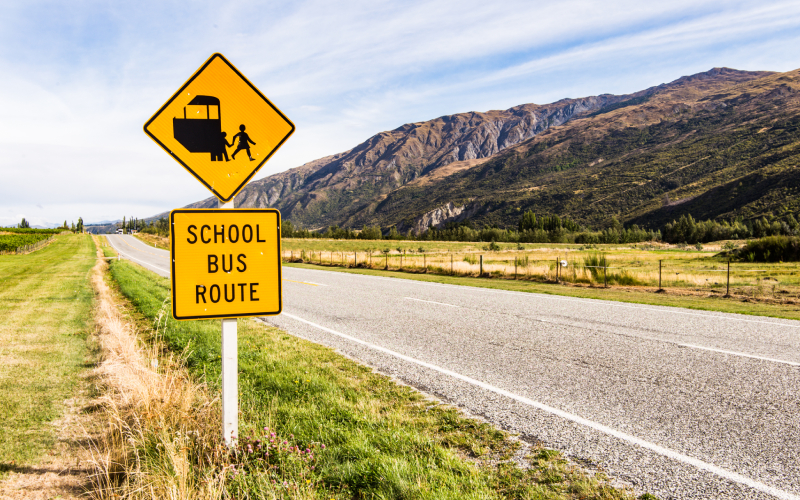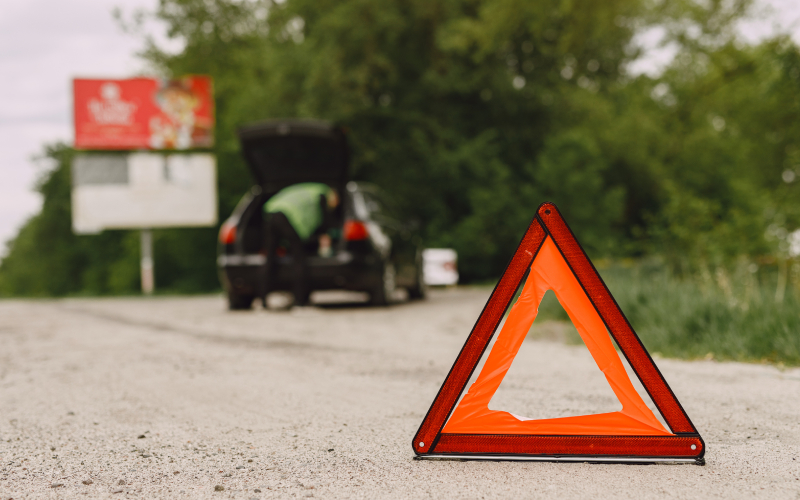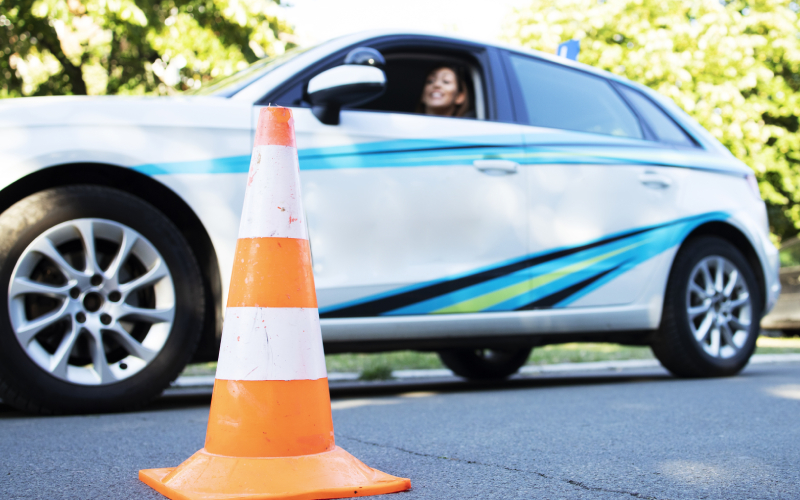



The WHO Report on Road Traffic Injuries for 2018 has listed Road accidents as the leading cause of death for the age group 5-29 years and a growing public health concern.
Road traffic injuries constitute a major public health burden with significant consequences on mortality and morbidity, and significant health and socioeconomic costs. Almost half of those killed on the roads are pedestrians, cyclists and motorcyclists, the so-called vulnerable road users in the WHO South-East Asia Region (SEAR). According to the NCRB statistics from 2019, 38% victims of road accidents were riders of 'two-wheelers' followed by trucks or lorries, cars and buses which accounted for 14.6 %, 13.7 % and 5.9 % respectively.
WHO recognizes that the health sector has a key role to play in improving road user behaviour, data collection and post-crash response, and has laid clear recommendations for itself, member states, and the civil society to:
Trust Cradle, for over a decade, has been working inline with the WHO guidelines and in close association with them by focusing majorly on Policy Advocacy, promoting Road Safety Law and by pushing forward the importance of training programs for police personnel.
Trust Cradle, particularly has three focus areas -
On March 30, 2016, the Supreme Court of India gave "force of law" to the guidelines for the protection of Good Samaritans issued by the Ministry of Road Transport and Highways (MRTH). The purpose of a Good Samaritan law is to provide legal protection to bystanders who come to the aid and rescue of victims of road crashes.
When a traffic accident occurs, the provision of first aid is carried out by laypeople/communities around the scene with limited knowledge and equipment available. Especially, if a traffic accident occurs in an area that has not applied an integrated pre-hospital service. Hence it becomes all the more imperative that people are made aware of the Good Samaritan Law and it’s usefulness.
Trust Cradle’s core focus areas in terms of Road Safety are creating awareness, increasing knowledge and sense of responsibility (attitude) among common people – so that next time they witness an accident, they won’t hesitate to reach out and help people in who have met an accident on the road.
How does the Good Samaritan Law protect bystanders?
For more information, download this copy of Standard Operating Procedure on the Good Samaritan Law
Let’s list out the events that Trust Cradle has organized so far
In places, where there are no pre-hospital trauma care system, the first and most basic tier of a system can be established by teaching interested community members basic first aid techniques. These first responders can be taught to recognize an emergency, call for help and provide treatment until formally trained health-care personnel arrive to give additional care. It may be possible to identify particularly motivated or well-placed workers, such as Police, Taxi drivers, or community leaders, and train them to provide a more comprehensive level of pre-hospital care.
The WHO recommends that medical institutions and public health workers should emphasize more toward the training of first aid and lifesaving skills among traffic police to reduce the consequences of RTAs. As police officer is the immediate person to encounter an RTA, it becomes important that he is aware of the first aid measures which can prevent severe complications leading to death. A traffic police officer on witnessing an accident must immediately stop the vehicle involved in accident provide necessary first aid and take the victim to the nearest hospital or call an ambulance.
To this end, recognising the need for a robust training program, the First Responders’ (Police) Training on Pre-hospital trauma care for RTA victims has been designed by Trust Cradle, Trauma Care AIIMS (All India Institute of Medical Sciences) under the guidelines of WHO mandate. In addition to learning a more extensive range of first-aid skills, this group could be taught the basic principles of safe rescue and transport. With this level of training, a kit of simple equipment and supplies and access to a suitable vehicle, these individuals can provide an acceptable level of trauma care while transporting an injured person to an appropriate healthcare facility.